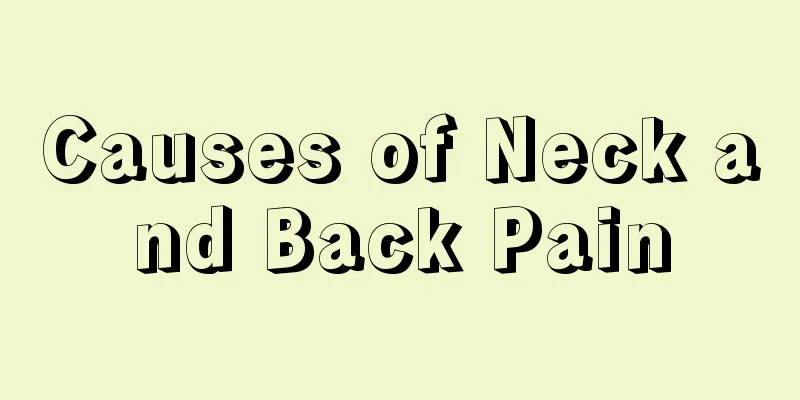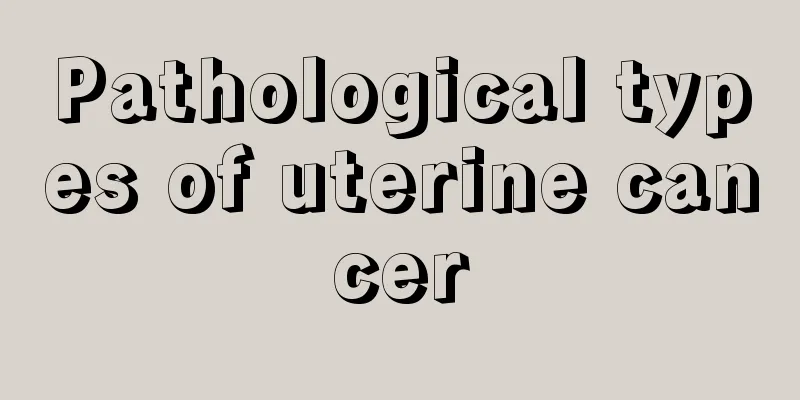Causes of Neck and Back Pain

|
The human neck and back are connected together, so if the neck becomes stiff and painful, it will directly spread to the back and cause pain. If a person experiences pain in the neck and back at the same time, it will directly affect a person's upper body mobility. Therefore, it is very necessary to find the cause of simultaneous neck and back pain and then find the correct method to treat it. So what are the causes of simultaneous neck and back pain? Some patients suspect that they have cervical spondylosis because of recurrent pain in the neck, shoulders and back. In fact, there are many causes of chronic neck, shoulder and back pain, such as neck sprain, trauma, shoulder periarthritis, stiff neck, chronic myofibrosarcoma, fasciitis, ligament strain and other soft tissue diseases, all of which can cause neck, shoulder and back pain. In addition, deformities, infections, tumors, rheumatic inflammation, tuberculosis, etc. can also cause chronic neck, shoulder and back pain. So, how can we distinguish it from cervical spondylosis? Neck sprain and stiff neck are often caused by improper neck movement or bad sleeping position, which leads to local muscle sprain. The tenderness point is not located in the spinous process like cervical spondylosis, but is located in the muscle injury site, which is more common in the upper inner part of the scapula, and is accompanied by muscle spasm. Cord-like spasmodic muscle bundles with obvious tenderness can be touched. Unlike cervical spondylosis, cervical traction does not eliminate or relieve symptoms, but instead aggravates the pain. It has a significant effect on blockade therapy. The pain of periarthritis of the shoulder is often in the shoulder joint, and the neck symptoms only occur after traction. It is characterized by significantly limited shoulder joint movement and no obvious cervical spine pathological changes on X-rays. However, it is sometimes accompanied by cervical spondylosis, which can easily cause confusion in diagnosis. Myofibrosarcoma has obvious inducements such as cold, dampness, fatigue, and sprains. Local muscle stiffness, mainly soreness, covering a large area, usually without fixed tenderness, and with obvious comfort when pressed and kneaded. The above-mentioned chronic neck, shoulder and back pain is mainly easily confused with cervical spondylosis. In addition to the above-mentioned discomforts such as soreness, heaviness and swelling in the neck, shoulders and back, cervical spondylosis is also characterized by the "military standing at attention sign" of the neck (that is, the neck is not naturally straightened, and the physiological curvature is weakened or disappears). The diagnostic criteria are: ① The main complaint is pain in the head, neck, shoulders, back, and arms, accompanied by corresponding tender points ;② X-rays show changes in the physiological curvature of the cervical spine, and dynamic lateral views can show instability and looseness of the intervertebral joints (mild trapezoidal changes); ③Except the above-mentioned neck, shoulder and back pain diseases not caused by intervertebral disc degeneration. |
>>: When I squat down and stand up, my lower abdomen feels pulled and painful
Recommend
What is the cause of back pain? Men have back pain
Men are under increasing pressure in this society...
What can't you eat if you have a fracture
Sometimes in life, accidents may cause us certain...
What are the causes of villous tubular adenomas of the colon?
Colon villous tubular adenoma is a raised lesion ...
What foods should you eat to prevent breast cancer
What foods should we eat to prevent breast cancer...
How to treat deep vein thrombosis in lower extremities
Deep vein thrombosis in the lower limbs is relati...
How much deep sleep is healthy?
In today's society, many people have encounte...
Symptoms of pulp necrosis, early treatment and early recovery
Every serious illness is initially transformed fr...
Introduction to indirect laryngoscopy
Seeing a doctor can sometimes be quite embarrassi...
What are the benefits of electric moxibustion instrument
Moxibustion is a traditional Chinese medicine the...
The difference between red mercury and purple mercury
I believe that everyone has often heard of red me...
What medicine is effective for rheumatoid arthritis?
Rheumatoid arthritis is a chronic disease that af...
Acupuncture treatment for skin allergies
Acupuncture treatment, as a relatively traditiona...
How to identify the quality of moxa sticks?
Moxa sticks are a very popular medicine. The main...
What causes itchy ear skin
Many people experience itchy ears, but many peopl...
What are the late symptoms and manifestations of liver cancer
What are the manifestations of mid- to late-stage...









